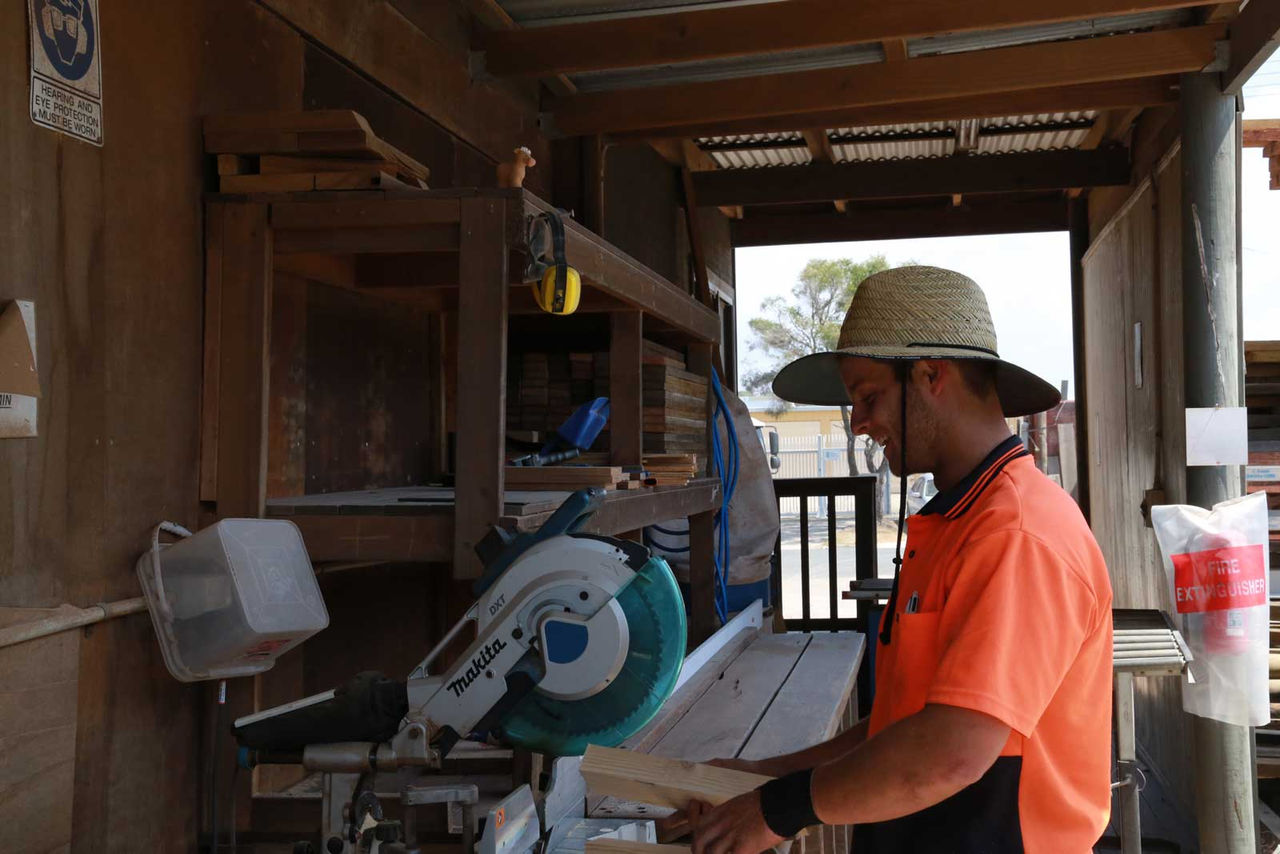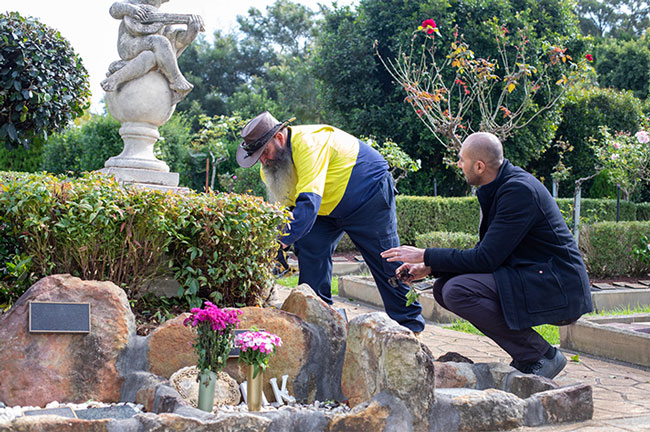What is Climate Change Distress
Published by MAXSolutions on December 18, 2022
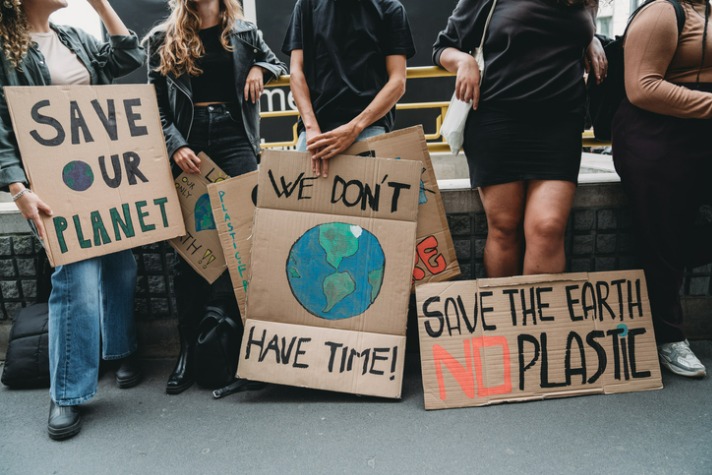
In an extensive 2012 survey[1] most Australians (74%) agreed ‘that the world’s climate is changing’, and 90% agreed that human activities were playing a causal role in climate change.
Many (54%) of Australians agreed that they were already experiencing the effects of climate change.
Increasingly, researchers are recording an increase in mental illness driven by climate change distress.
In one example, 66% of Australians reported that they were ‘very concerned’ or ‘fairly concerned’ about climate change.
Further, most people expressed fear that climate change will impact them personally in an adverse way. This is climate distress.
What is climate change distress?
Climate distress is measured by assessing depression, anxiety, worry, and feelings of helplessness and hopelessness associated with thinking about climate change.[2]
For many individuals, taking climate action is not enough to alleviate climate distress. Most individuals are unable to do enough to make a meaningful difference to climate change on a global scale.
This is not surprising when 71% of carbon emissions are created by only 100 companies.[3]
In fact, taking practical action to reduce climate change, actually leads to an increase in distress in many people[4].
Fear, in most people, is debilitating. And indeed, those who cope best with news about climate change are those who deny that there is any concern.[4]
How do we cope with Climate Change Distress?
So how to we safeguard the mental health and wellbeing of those people who form the majority, who are very concerned about climate change?
Some organisations have taken collective action which has seen an improvement in employees’ ability to cope across many aspects of their lives.
One study[5] looked at a medical department that implemented a range of organisational level changes such as using solar power, reducing availability of meat in the workplace cafeteria, and choosing compostable materials commonly used at work.
Coping ability was measured by reduced burnout risk linked to climate distress from 74% to 67%
So in the face of worsening mental health as news of natural disaster and climate change increases; when individuals have limited agency to make meaningful change; there is a possibility to improve individuals’ wellbeing: hope[6].
How can we increase the hope that people feel?
One way that hope can be increased is to connect people with authentic, scientific examples of successful conservation outcomes.
Understanding that species and ecosystems can and do rebound, and seeing proof of conservation solutions, fuels hope.
For example, the growing number of marine protected areas and the resulting positive impact on size, abundance, and diversity of fish and other species is starting to show how resilient marine ecosystems can be.
Further, feeling and expressing hope begets hopeful action that in turn creates more reasons to be hopeful.6]
Mental Health professionals are seeing an increase in people presenting for assistance in working through their climate change distress and professionals are getting better at helping people.
So if you feel you could use some help in better managing your climate change distress, contact your EAP on 1800 629 277 in Australia or email support@maxsolutions.com.au
References
[1]Reser, J. P., Bradley, G. L., Glendon, A. I., Ellul, M. C., & Callaghan, R. (2012). Public Risk Perceptions, Understandings, and Responses to Climate Change and Natural Disasters in Australia and Great Britain. Gold Coast, Australia: National Climate Change Adaptation Research Facility. http://www.nccarf.edu.au/publications/public-risk-perceptions-fin
[2]Latkinab, L; DaytonaL; Scherkoskea, M; Countess, K; Thrul, J; (2022); “What predicts climate change activism?: An examination of how depressive symptoms, climate change distress, and social norms are associated with climate change activism”; The Journal of Climate Change and Health; Volume 8,
[3]Carbon Disclosure Project (2017) “New report shows just 100 companies are source of over 70% of emissions” - CDP
[4]Borgelt () “Distress and Coping Strategies in a Time of Overwhelming Climate Change News” Bachelor Thesis; University of Twente; Enschede, Netherlands
[5]Kremer, Mallory, and Seine Chiang. “A Department Wellness Initiative for Coping With Climate Distress in 2030.” Journal of graduate medical education 12.3 (2020): 365–366. Web.
[6]Kelsey, E (2016); “Propagating Collective Hope in the Midst of Environmental Doom and Gloom” Canadian Journal of Environmental Education, vol 21,
Soutar, C., & Wand, A. P. F. (2022). Understanding the spectrum of anxiety responses to climate change: A systematic review of the qualitative literature. International Journal of Environmental Research and Public Health, 19(2), 990. doi:https://doi.org/10.3390/ijerph19020990
Share
Tags
Found this useful?
Help and advice
Our blogs are about helping people seek the information that they need for their steps in the workforce.

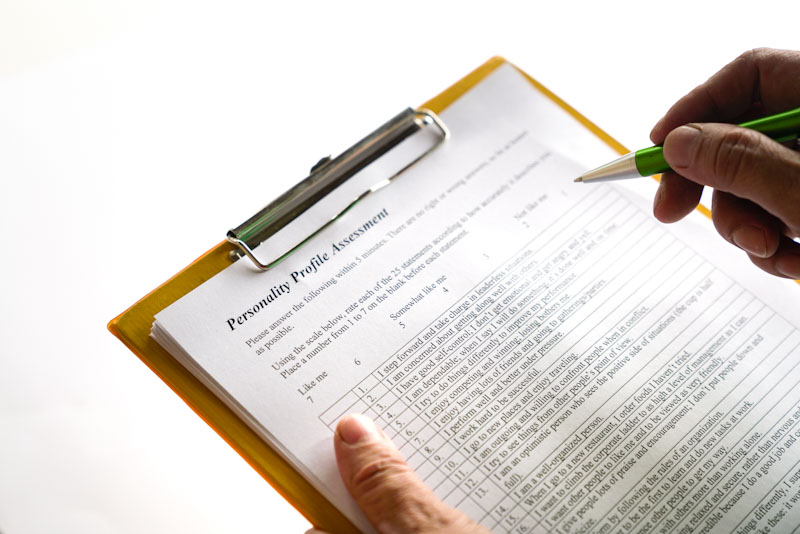












_1.jpg)






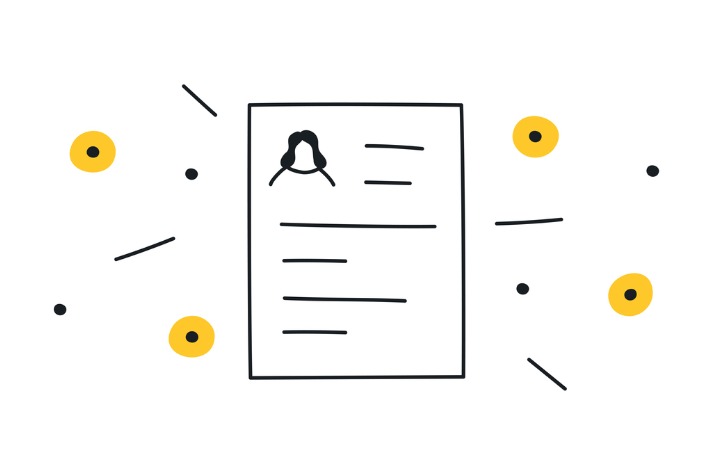


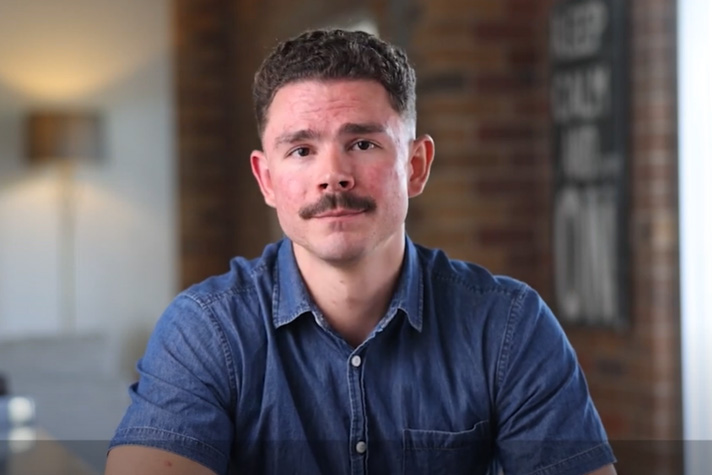
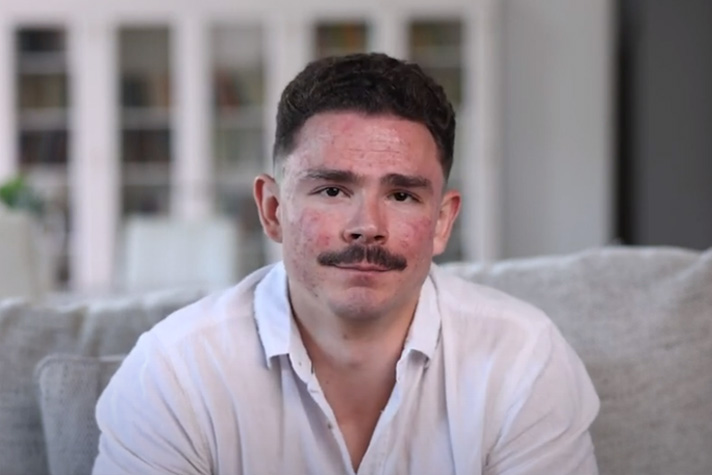
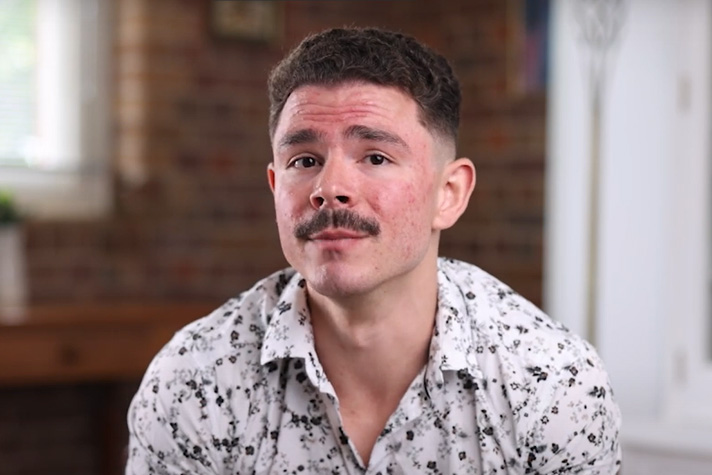
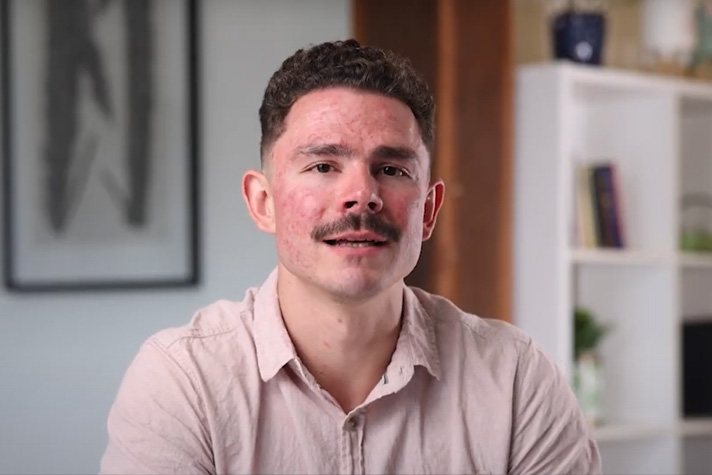
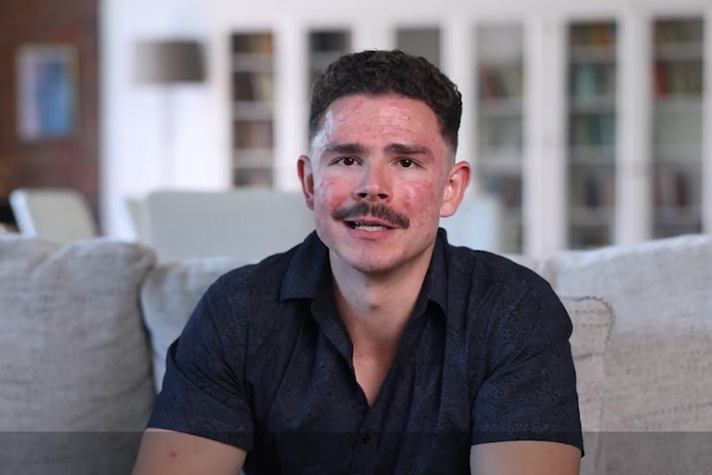






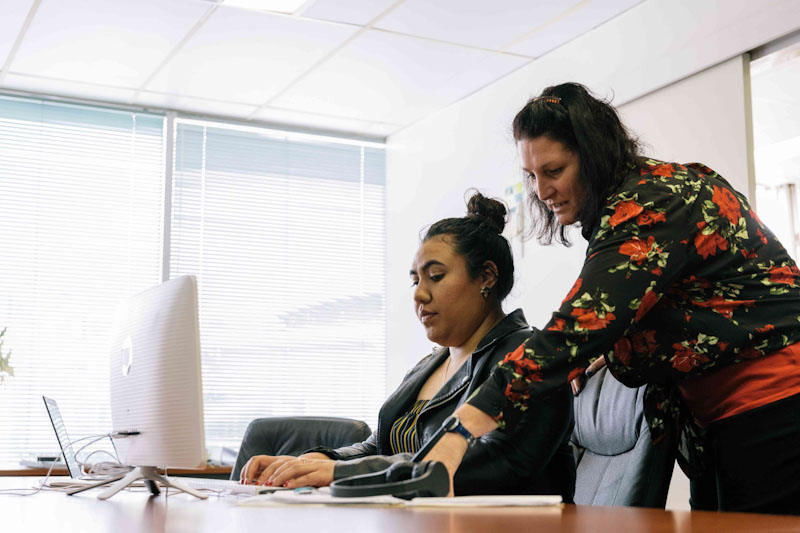





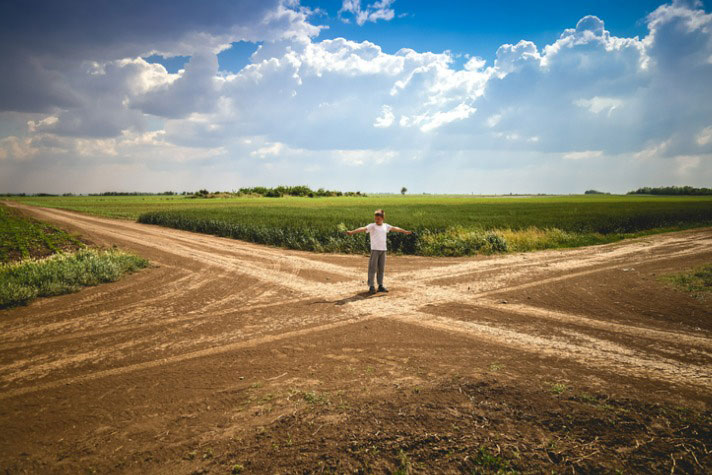
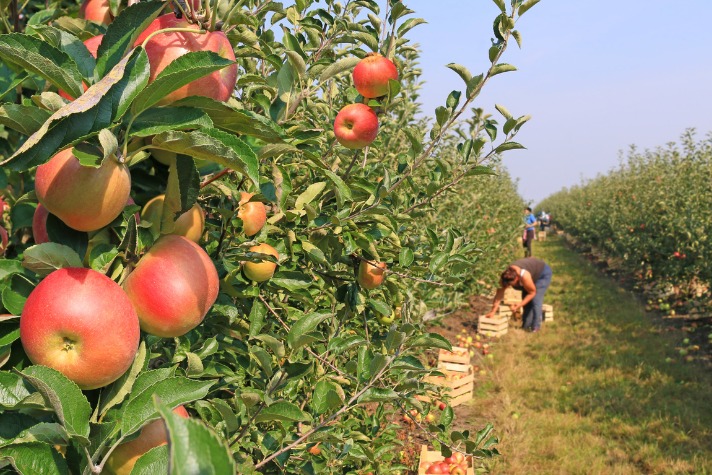

.jpeg)
